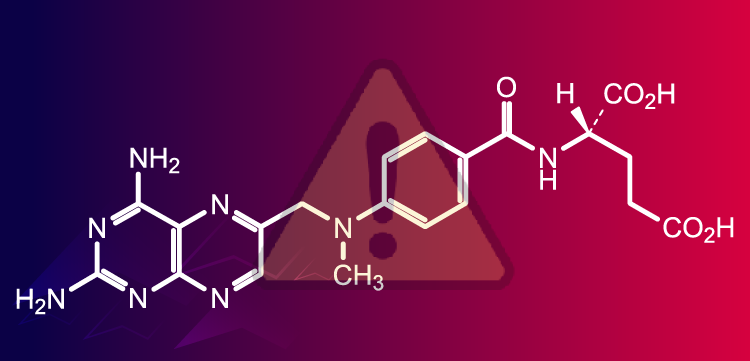
The Golden Era of Genomics and Management of Acute Myeloid Leukemia
Cancer treatment is undergoing significant developments and entering the new golden era of genomics which has true potentials for the promise of personalized medicine. Large-scale sequencing is changing our understanding of malignant disorders particularly acute myeloid leukemia.
Cancer treatment is undergoing significant developments and entering the new golden era of genomics which has true potentials for the promise of personalized medicine.
Large-scale sequencing is changing our understanding of malignant disorders particularly acute myeloid leukemia (AML), and clinical genomic evaluations are opening doors to enormous potentials for helping oncologists to have better diagnostic and prognostic markers, and identify new targets for therapeutic intervention in AML.
Real-time genomics information in tumors can change the current routine evaluations in AML, including morphology, immunophenotyping, conventional cytogenetics and fluorescence in situ hybridization (FISH), and molecular analysis such as NPM1 and FLT3. Those routine tests have improved risk stratification for AML patients.
However, there is considerable heterogeneity in outcomes within each risk group. Hence, genomic mutational profiling can provide deeper insights into the causes behind those observations. In a recent
They genotyped hundreds of somatic mutations in bone marrow samples from the antecedent myelodysplastic syndromes (MDS) stage and the AML stage, and identified the clonal architecture linking each stage. They found 11 recurrently mutated genes in the AML samples including UMODL1, ZSWIM4, SMC3, CDH23, NPM1, PTPN11, RUNX1, STAG2, TP53, U2AF1, and WT1. Of note, 4 of the genes had not been implicated in pathogenesis of myeloid malignancies including UMODL1, ZSWIM4, SMC3, and CDH23.
Their findings are quite important, showing that AML evolved from a clonal population of MDS cells, which developed new mutations along the way, providing evidence for the genetic evolution from MDS to AML. The data in this study is quite translational and can pave the way towards integrating mutational profiling into the work-up of AML patients and clinical decision making.
The golden era of genomics in the management of AML has already begun. However, there are many significant issues such as being accessible and affordable for genetic profiling, which should be emphasized. Patient privacy is another challenging issue. Oncologists need to get ready to look at more detailed mutation analysis of their AML patients in the near future, using the current advancements in genomics that could improve outcomes.
References:
1. Walter MJ, Shen D, Ding L, et al. Clonal architecture of secondary acute myeloid leukemia. N Engl J Med. 2012;366:1090–1098.
Newsletter
Stay up to date on recent advances in the multidisciplinary approach to cancer.


















































































